Introduction
Painting is a popular way to refresh your home, but it's not without its challenges. From bubbling to fading, common paint issues can complicate what should be a straightforward task. This guide provides effective solutions to ensure flawless results on your next painting project.
Common Paint Problems and Solutions
1. Bubbling and Blistering
Often occurs when painting over damp or improperly prepared surfaces, or under high humidity conditions.
To prevent this, thoroughly dry and prepare all surfaces before painting. If you encounter bubbles, gently sand the affected area once the paint has dried and reapply paint in optimal weather conditions.
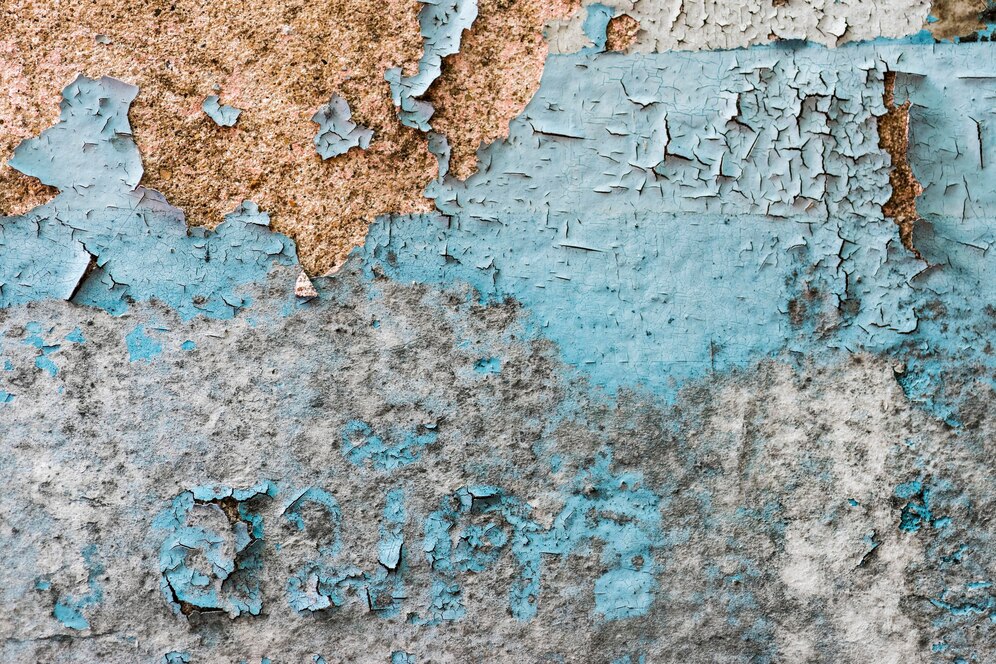
2. Chalking
This powdery residue on the paint surface typically results from UV radiation exposure over time.
Use UV-resistant paints and ensure proper application techniques are followed. Regularly clean affected areas and apply a fresh coat of paint as necessary to reduce chalking effects.
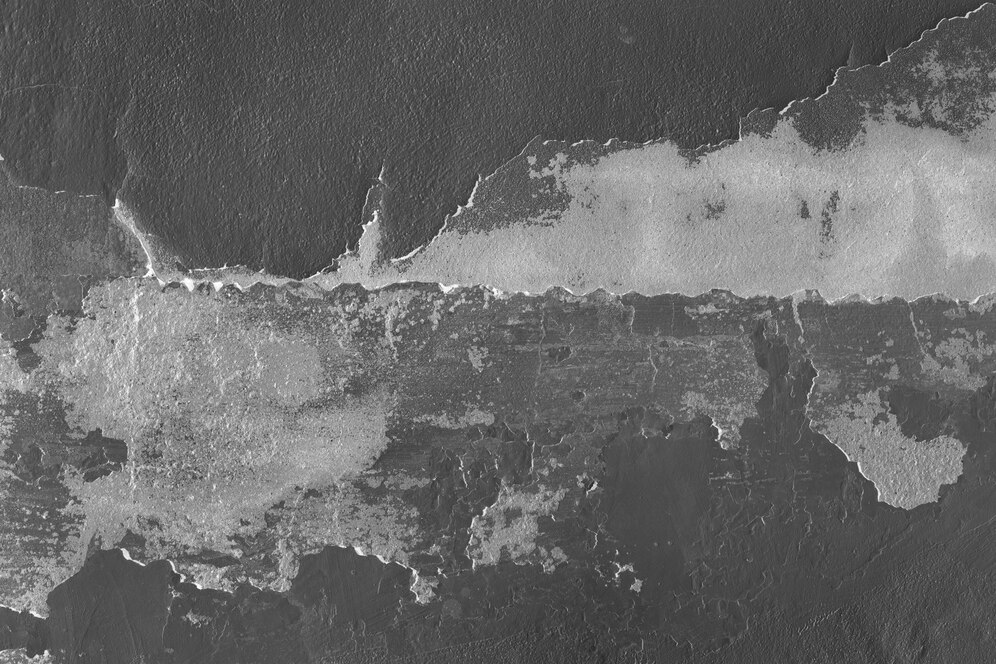
3. Cracking and Peeling
These issues can be caused by aging paint or when the paint layer is too thick.
Remove loose or peeling paint with a scraper or sandpaper, then apply a thinner, even coat of high-quality paint. Avoid extremes in temperature and humidity during application to prevent future cracking.
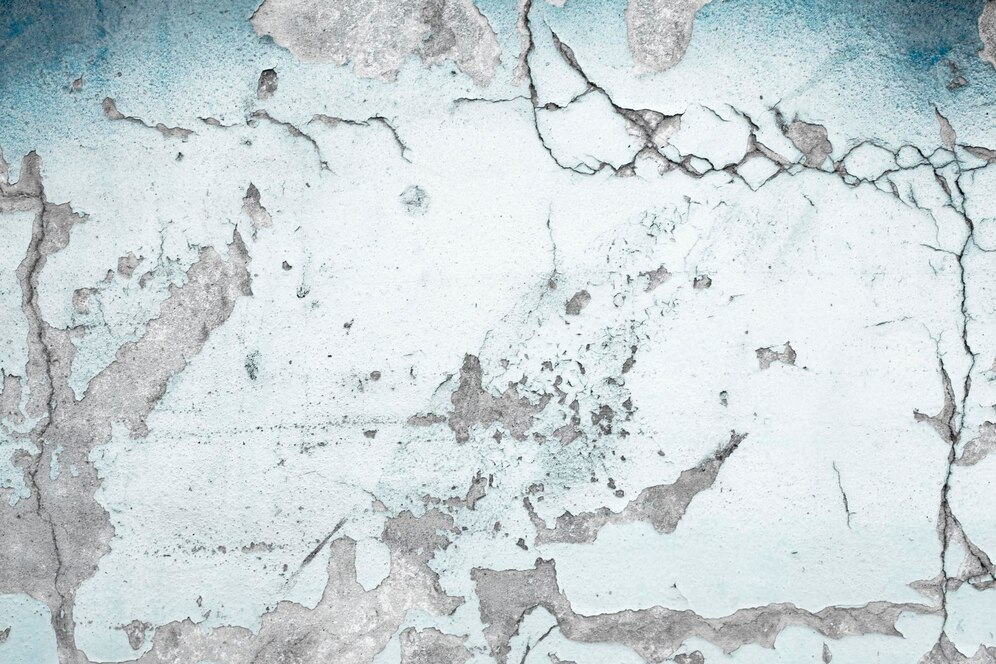
4. Mold and Mildew
High moisture areas, especially in kitchens and bathrooms, can lead to mold growth on painted surfaces.
Use mold-inhibiting paint in prone areas and increase ventilation. For existing mold, clean the surface with a solution of one part bleach to three parts water, rinse thoroughly, and repaint using a mold-resistant paint.
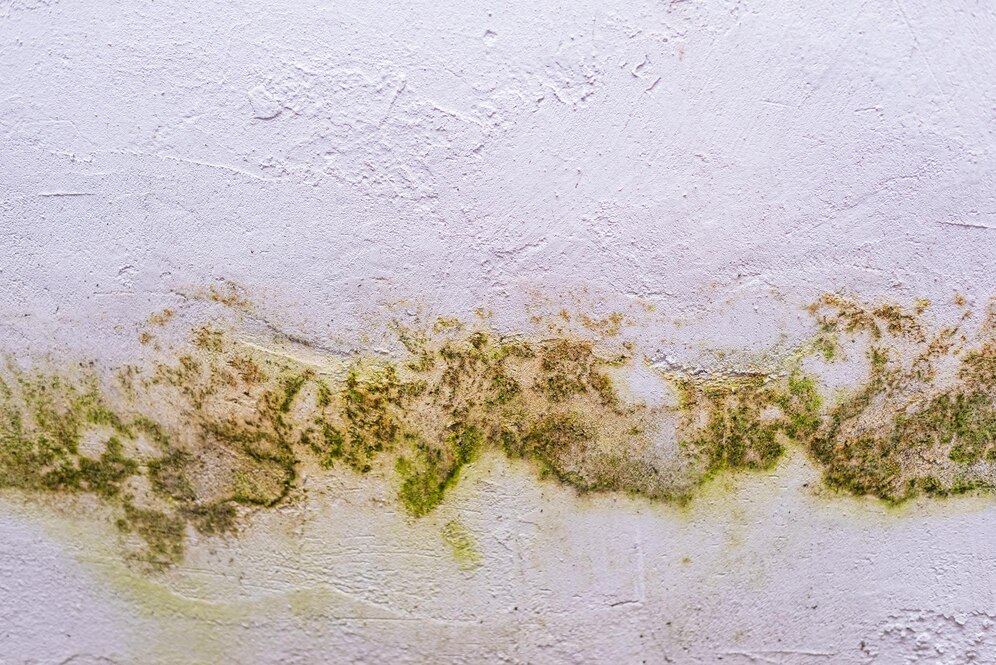
5. Fading
Direct sunlight and environmental exposure can lead to the gradual loss of color.
Choose paints formulated for high UV resistance and appropriate for the climate. Regular maintenance, including periodic repainting, can help preserve color intensity.

6. Staining
Can be caused by a variety of factors including water damage, rust, and ink.
Identify and treat the source of the stain first. Use a stain-blocking primer before painting, and choose a high-quality paint designed to cover underlying colors and marks effectively.
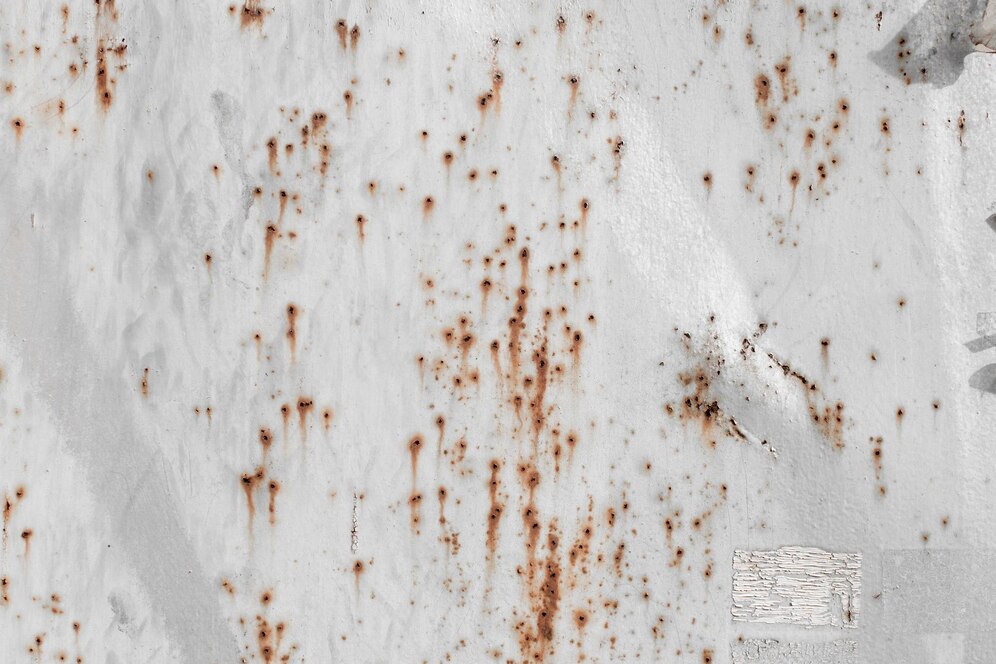
Advanced Tips for Perfect Paint Jobs
- Even Application: Use rollers and brushes properly by applying even pressure and maintaining a wet edge to avoid marks and streaks.
- Right Conditions: Paint under suitable weather conditions — ideally dry and cool — to avoid fast drying or slow setting times that can ruin the finish.
- Quality Tools: Invest in high-quality painting tools. The right brushes, rollers, and sprayers can make a significant difference in the finish of your paint job.

Professional vs. DIY Painter
Deciding between a DIY or professional paint job depends on your skills, the project's complexity, and the desired finish quality. DIY can be cost-effective for simple tasks, but professional painters bring expertise, precision, and the right tools for intricate and large-scale projects.
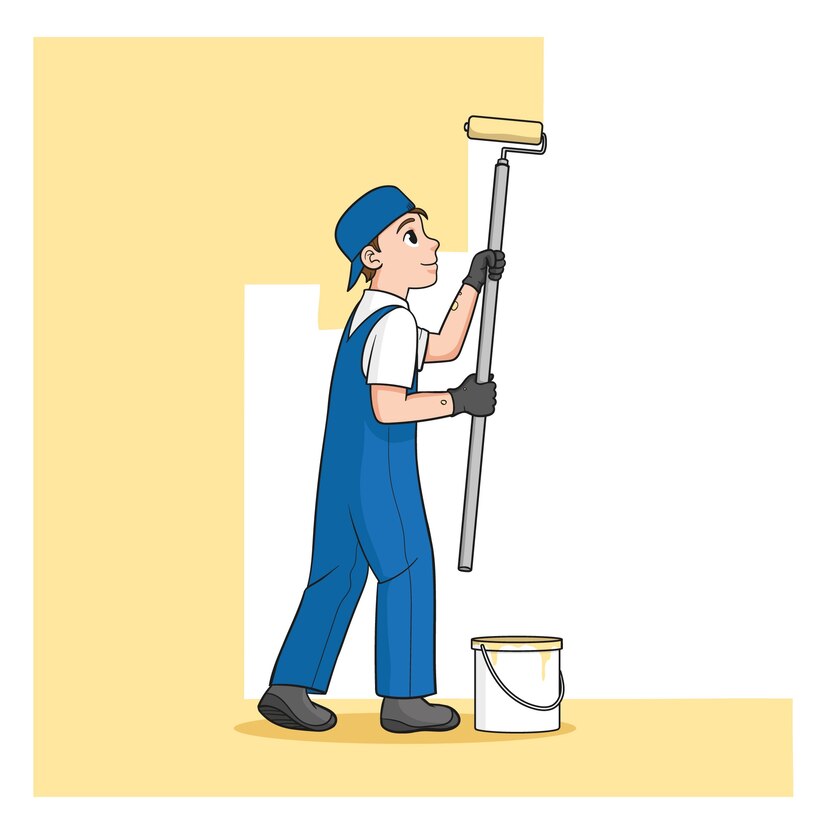
When to Call a Professional
Call a professional from Fixit when the job involves high ceilings, complex textures, or requires specialized safety equipment. Professionals are crucial for addressing serious issues like extensive mold or structural damage, ensuring the project meets high standards and regulations.
Conclusion
Addressing common paint problems effectively enhances the longevity and beauty of your paint job. With the right preparation, products, and techniques, you can achieve a professional-quality finish and transform any space in your home.
For professional painting services, visit Fixit Painter Services.




